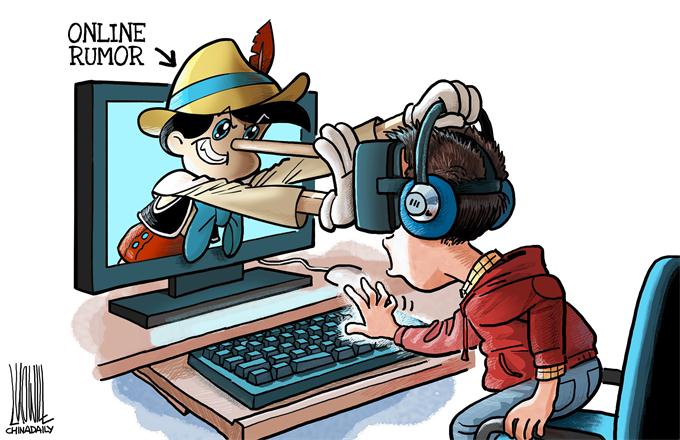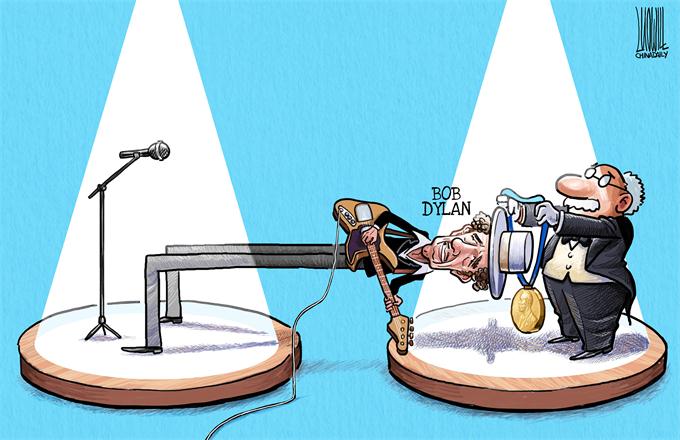Exciting times may lie ahead for newspapers
Publish or perish? Now it seems that if you publish, you will sooner or later perish.
The New York Times reformed its international edition recently, giving more space to commentaries, and exclusive and in-depth reports. Publisher Arthur Sulzberger Jr. said in an open letter to readers that the NYT will continue to add reporters and editors to its bureaus around the world, because he believes "readers still crave the depth and breadth of a newspaper".
The contrast between the old and new NYT editions is a testimony to Sulzberger Jr.'s judgment.
Lagging in terms of display and cost-cutting in distribution, newspapers have to either follow in the footsteps of new media or provide exclusive and in-depth reports to sustain the life of their products.
The rise of new media will eliminate weak newspapers, but not real newspapers. Just like the advent of radio and television facilitated the progress of the newspaper industry, the advancement of technology will change the media landscape, not bring down the curtain on newspapers, because the competition between traditional media and new media is more than a zero-sum game.
Yet some worrisome phenomena are evident in the way newspapers have adapted to the era of new media. Some have unfortunately sacrificed their strengths-editorial stands and the readerships they catered to-to keep pace with the development of new media. In fact, the changes within new media have been faster than those within newspapers, so there is no reason for newspapers to be more populist, fragmented and capricious.
The competitiveness of a newspaper lies in the originality, objectivity, professionalism and judgment of its editors and reporters when it comes to selecting a subject, interview or the perspective they employ, which can differ from person to person and cannot be replaced by artificial intelligence.
Human consciousness-based creativity and cognitive ability, which can be understood and followed through language, are the foundation of newspapers' survival.
The other worrisome trend is some newspapers asking their journalists to become "omni reporters", who can shoot videos, take photographs as well as plan new media publicity campaigns. But very few journalists are born geniuses when it comes to writing and taking interviews. The overall division of labor is becoming more layered thanks to the advancement of technology, but the division of labor in the media industry seems to be going the other way.
In such times, real journalists need to become more independent and maintain their distance from the negative elements of new media, or else they will end up feeding readers unverified, spicy and meaningless information.
Misled by the lure of sensational effects and "wider" readership, reporters will be doing a disservice to journalism by blindly following new media. It's time journalists realized that well-researched, well-written objective stories are more conducive to social progress than new media's battery of unending information.
A newspaper is a public tool. To some extent, newspapers published in Chinese cities grew robustly in the late 1990s. And the changes brought about by technological advancement in the early 21st century will ensure the newspaper industry reaches a new and higher level. Only the fittest will survive, though.
Newspapers could become a symbol of quality news providers, and reading a particular newspaper will reflect a person's taste and attitude.
Therefore, there is no reason why editors and reporters should not allow their conscience and public responsibility to guide them.
The author is a writer with China Daily. liyang@chinadaily.com.cn


















